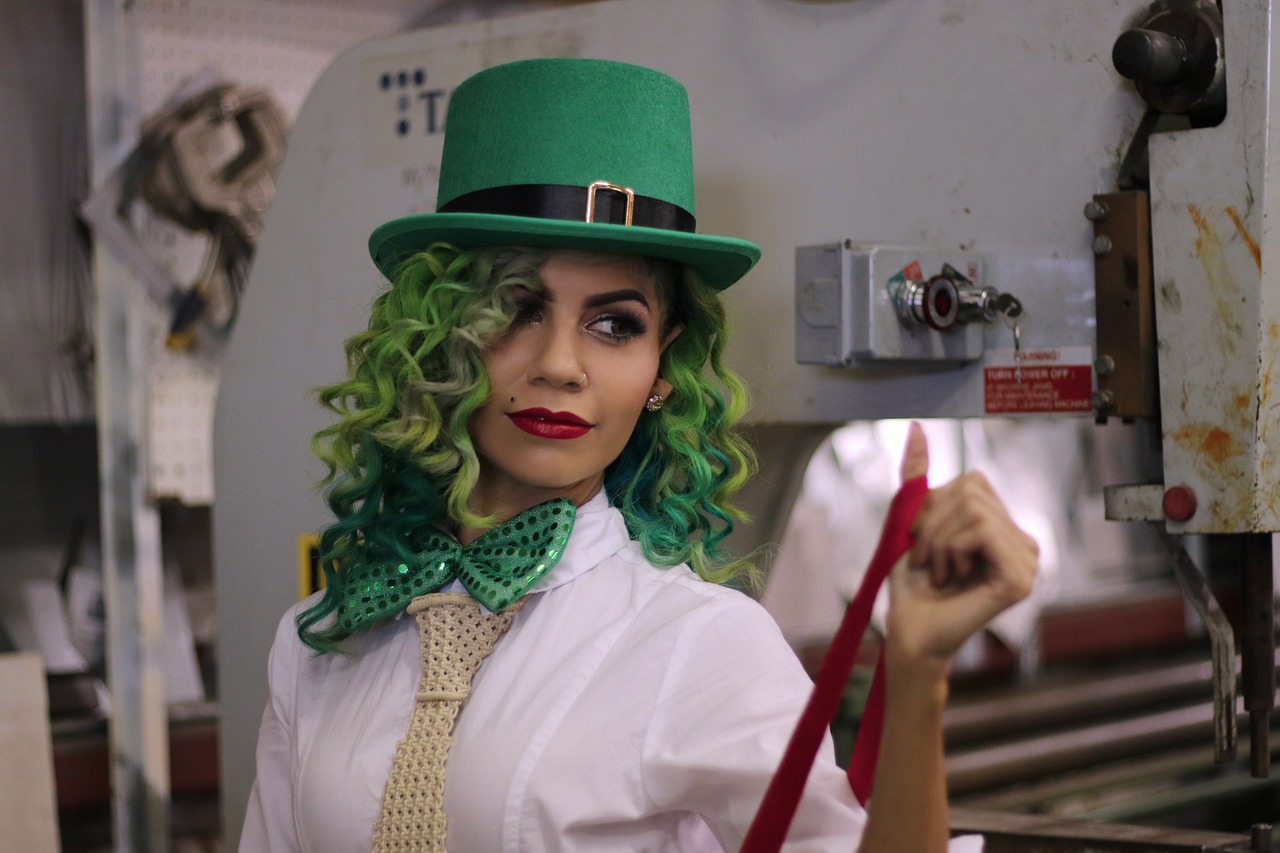
How to Measure Jacket Size: A Comprehensive Guide for a Perfect Fit
When it comes to finding the perfect fit for a jacket, accurate measurements are crucial. Whether you’re shopping online or in-store, understanding how to measure your jacket size ensures that you choose the right size and achieve a comfortable and flattering fit. In this comprehensive guide, we will walk you through the step-by-step process of measuring your jacket size, covering everything from chest measurements to trouser sizes. So let’s dive in and discover how to find your ideal jacket size.
Why Accurate Measurements Matter
Before we delve into the specifics of measuring jacket size, it’s important to understand why accurate measurements matter. A well-fitted jacket not only enhances your appearance but also ensures optimal comfort and freedom of movement. Ill-fitting jackets can be uncomfortable, restrict your range of motion, and affect your overall confidence. By taking precise measurements, you can eliminate the guesswork and make informed decisions when selecting jackets. So let’s start by examining the key measurements you need to consider.

The Key Measurements for Jacket Size
When it comes to determining your jacket size, there are three essential measurements to consider: chest size, overarm measurement, and trouser waist size. These measurements provide a comprehensive understanding of your body proportions, allowing you to choose a jacket that fits perfectly. Let’s explore each measurement in detail:
1. Chest Size
The chest size is the primary measurement for determining your jacket size. To measure your chest size accurately, follow these steps:
- Stand up straight and relax your arms at your sides.
- Place the measuring tape under your arms, across the fullest part of your chest.
- Ensure that the tape measure is parallel to the floor and not too tight or too loose.
- Note down the measurement in inches.
2. Overarm Measurement
The overarm measurement provides additional information to ensure a well-fitted jacket. This measurement accounts for the width of your shoulders and ensures that the jacket’s sleeves fit comfortably. To measure your overarm size, follow these steps:
- Stand up straight with your arms relaxed at your sides.
- Ask someone to help you measure the distance from the back of one shoulder to the other, across the fullest part of your chest.
- Keep the tape measure parallel to the floor and note down the measurement in inches.
3. Trouser Waist Size
In addition to the chest and overarm measurements, the trouser waist size is crucial for selecting a suit that fits perfectly. To measure your trouser waist size accurately, follow these steps:
- Locate your natural waistline, which is typically just above your hip bones.
- Wrap the measuring tape around your waist, ensuring it’s snug but not too tight.
- Note down the measurement in inches.
Now that you have taken these key measurements, let’s explore how to use them to determine your jacket size.
Determining Your Jacket Size
To determine your jacket size, you need to compare your measurements with the sizing chart provided by the manufacturer or retailer. Each brand may have slightly different size ranges, so it’s important to refer to the specific size chart for the jacket you are interested in purchasing. Here’s how to use your measurements to find your jacket size:
- Start with your chest size. Compare your chest measurement with the size chart to identify the corresponding jacket size. If your measurement falls between two sizes, it’s generally recommended to choose the larger size for a more comfortable fit.
- Next, consider your overarm measurement. This measurement is particularly relevant if you have broad shoulders or need extra room in the sleeves. Some brands offer jackets with different fits (e.g., regular, slim, or athletic fit), so refer to the size chart to find the best fit for your overarm measurement.
- Lastly, consider your trouser waist size. If you’re purchasing a suit, the trouser waist size should complement your jacket size. Most suits come with a standard trouser waist size that corresponds to the jacket size. However, if you require a different trouser waist size, consider opting for suit separates, which allow you to choose different sizes for the jacket and trousers.
By following these steps and referring to the size chart, you can confidently select a jacket that fits you perfectly. Remember that sizes may vary between brands, so it’s always a good idea to consult the specific brand’s size guide before making a purchase.

Tips for a Flattering Fit
While accurate measurements are crucial for finding the right jacket size, there are a few additional tips to keep in mind to ensure a flattering fit:
- Consider your body type: Different jacket styles complement different body types. For example, if you have a slim build, a slim-fit jacket may provide a more tailored look. If you have a broader frame, a regular or athletic fit might be more suitable. Experiment with different styles to find the most flattering fit for your body type.
- Pay attention to sleeve length: Sleeve length plays a significant role in the overall fit and appearance of a jacket. Ideally, the sleeves should end where your wrists meet your hands, allowing about an inch of shirt cuff to show. If the sleeves are too long or too short, alterations may be necessary to achieve the perfect fit.
- Seek professional alterations if needed: If you find a jacket that you love but it requires minor adjustments, consider seeking the assistance of a professional tailor. Tailoring can make a significant difference in achieving a precise fit that complements your body shape.
Conclusion
Measuring your jacket size accurately is key to finding the perfect fit and ensuring optimal comfort and style. By taking precise measurements of your chest size, overarm measurement, and trouser waist size, you can confidently choose a jacket that flatters your body shape. Remember to refer to the specific brand’s size chart and consider additional factors such as body type and sleeve length for the most flattering fit. With these tips in mind, you’ll be well-equipped to find the perfect jacket that makes you look and feel your best. Happy shopping!


